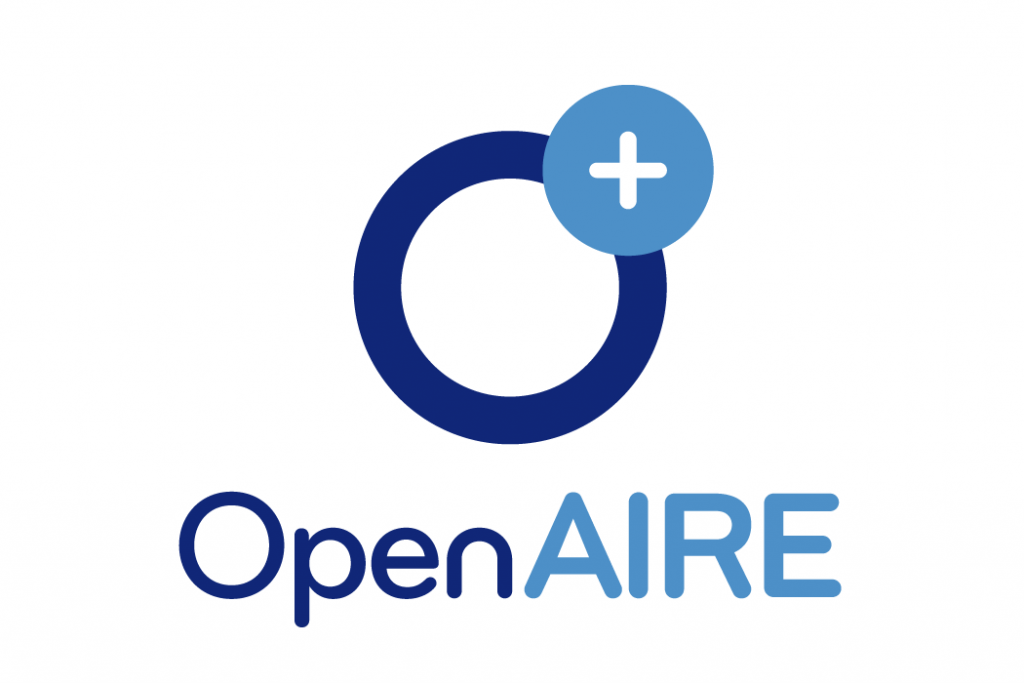Pharmacovigilance in Developing Countries: Drivers and Barriers
Keywords:
Collaboration, Pharmacovigilance, Developing countries, Adverse drug reactions, Barriers, Patient safetyAbstract
The Pharmacovigilance is crucial for patient safety and improving healthcare quality, particularly in developing countries where the burden of disease is high. This study examines the drivers and barriers to implementing effective pharmacovigilance systems in these countries. Increased availability and use of medicines and the globalization of the pharmaceutical industry have led to an increase in the number of adverse drug reactions and a need for harmonized pharmacovigilance regulations and reporting standards. Developing countries have made significant progress in establishing regulatory frameworks, and international organizations have provided technical assistance and resources. The use of technology, such as mobile phone applications, has made it easier to report adverse drug reactions and monitor drug safety in developing countries. However, several barriers hinder the success of pharmacovigilance systems in developing countries. These include the lack of resources, limited awareness and education, and limited access to information, making it challenging for healthcare professionals and regulatory authorities to monitor drug safety. Fragmented healthcare systems and cultural and social barriers, such as stigma associated with reporting ADRs, further compound the issue. It is essential to address these barriers to promote the successful implementation of pharmacovigilance systems in developing countries. Doing so will improve patient safety, reduce the burden of disease, and enhance healthcare quality. Future research should focus on developing strategies to overcome these barriers and promote the effective implementation of pharmacovigilance systems in developing countries.
Downloads
Published
How to Cite
Issue
Section
License
Copyright (c) 2022 Author

This work is licensed under a Creative Commons Attribution-NonCommercial-NoDerivatives 4.0 International License.
Creative Commons licenses are used to publish Open Access articles, which provide the legal basis for users to access, distribute, and reuse the content. EQME allows authors to apply one of the following Creative Commons licenses to their work, each of which affords readers distinct rights in terms of commercial use and the capacity to create derivative versions:
CC-BY (Creative Commons Attribution License)
CC-BY-NC-ND (Creative Commons Non-Commercial No Derivatives License)
CC-BY-NC-SA (Creative Commons Non-Commercial Share-a-like)
In each situation, the creator must be given credit, and if derivative versions of the work are created, the alterations must be noted.







